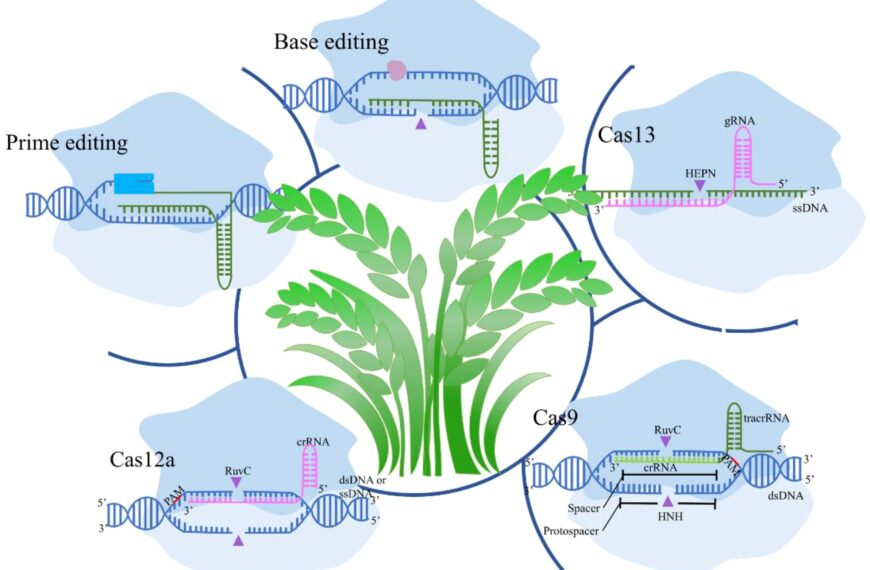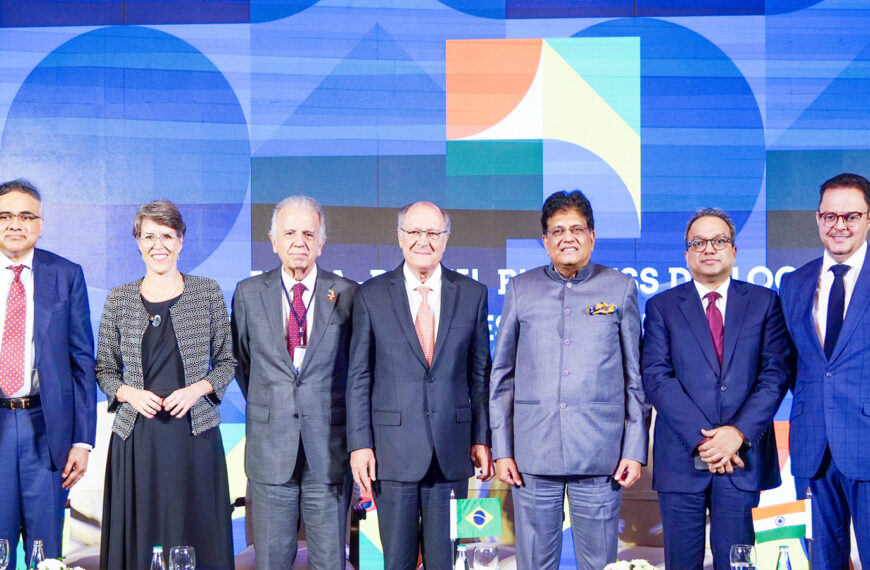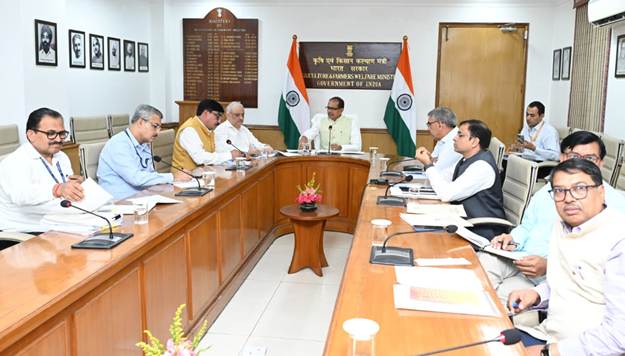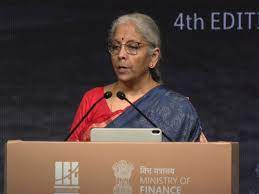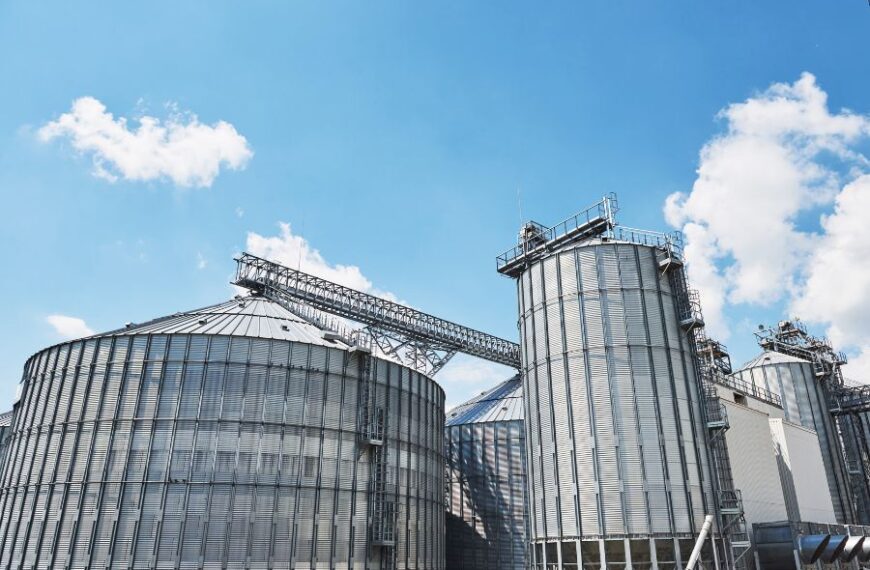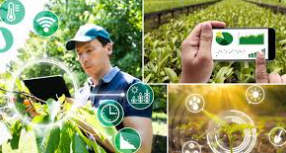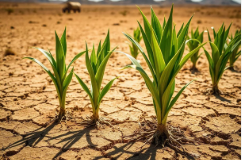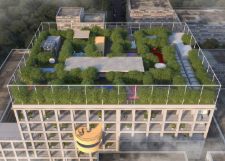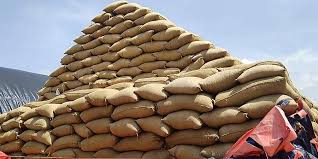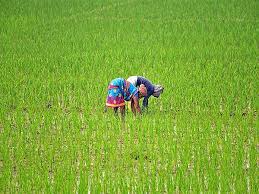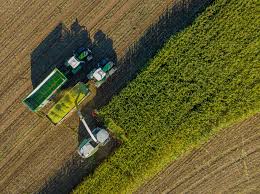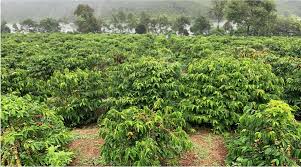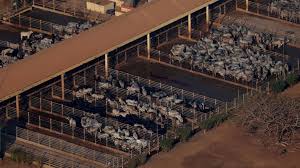
Dr. Abhilaksh Likhi, Secretary of the Department of Fisheries, Ministry of Fisheries, Animal Husbandry and Dairying, visited Fatehgarh Sahib District, Punjab, to review ongoing fisheries projects and interact with local fish farmers and entrepreneurs. The visit focused on understanding challenges in Recirculatory Aquaculture Systems (RAS), shrimp farming, and other modern aquaculture practices.
During his visit to state-of-the-art RAS facilities in Dalutpur Village, Bassi Pathana, Dr. Likhi was briefed on projects under the Pradhan Mantri Matsya Sampada Yojana (PMMSY). Farmers showcased innovative practices that have transformed previously unproductive land into thriving aquaculture hubs, generating employment and additional income for rural communities. Around 35–40 progressive fish farmers participated, sharing their experiences and insights.
Dr. Likhi emphasized the importance of technology-driven aquaculture, capacity building, and diversification of fish species to increase productivity and improve farmer incomes. He reiterated the Central Government’s commitment to supporting modern aquaculture infrastructure, innovation, and skill development under flagship fisheries programs. He also highlighted the potential of saline water aquaculture in Punjab, Haryana, Uttar Pradesh, and Rajasthan, where soil salinity from agricultural practices offers opportunities for productive land-use through fish farming.
India’s inland water resources remain largely untapped, with 1.95 lakh km of rivers and canals, 6.06 lakh hectares of brackish water, 3.65 lakh hectares of lakes, 27.56 lakh hectares of tanks and ponds, and 31.53 lakh hectares of reservoirs. Recognizing this, the Government has prioritized inland fisheries, which contribute 75% of national fish production. Between 2013–14 and 2024–25, inland fisheries production surged by 142%, reaching 147.37 lakh tonnes, driving India’s total fish production to 195 lakh tonnes, a 104% increase over the same period.
Under PMMSY, ₹3,300 crore has been invested in technology infusion and adoption, resulting in the establishment of 12,000 RAS units, 4,000 Biofloc systems, 59,000 cages, and 561 hectares of pens, increasing the national average aquaculture productivity to 4.77 metric tonnes per hectare.
Punjab has shown significant progress under PMMSY, with ₹187 crore invested, including ₹72 crore from the Centre. The state’s fish production target is 2.21 lakh tonnes, with actual production reaching 1.84 lakh tonnes in 2023–24. Modern aquaculture practices in Punjab have added nearly ₹500 crore to farmers’ incomes over the past five years, with an increase of over 35,000 tonnes in fish production since 2020–21.
To promote productive utilization of wastelands, saline water aquaculture projects covering 263.80 hectares have been approved for FY 2024–25, with a budget of ₹36.93 crore, surpassing initial targets. Notable initiatives include the establishment of saline water aquaculture clusters in Muktsar Sahib (Punjab), Sirsa (Haryana), and Churu (Rajasthan), marking a milestone in sustainable aquaculture development.
Dr. Likhi’s visit underscores the government’s focus on modernizing fisheries, promoting technology-driven practices, and strengthening rural livelihoods through sustainable and diversified aquaculture.

